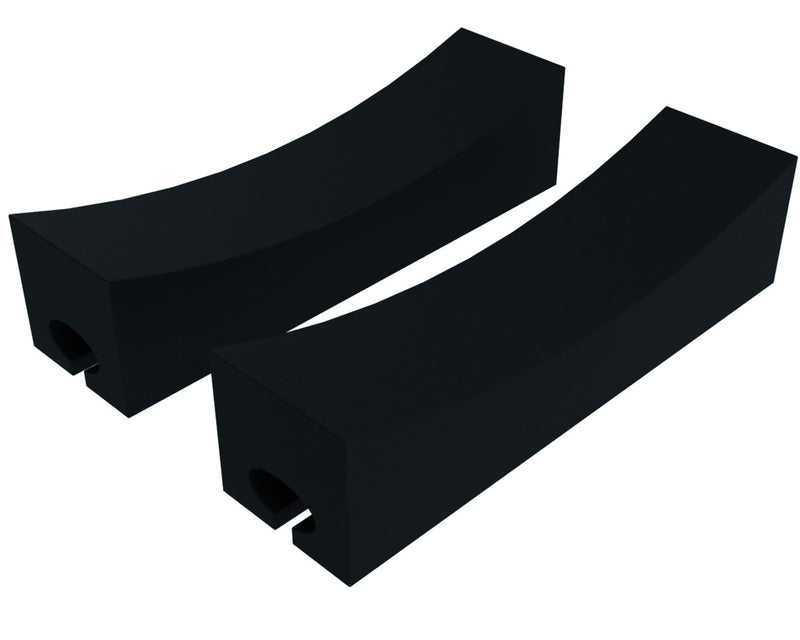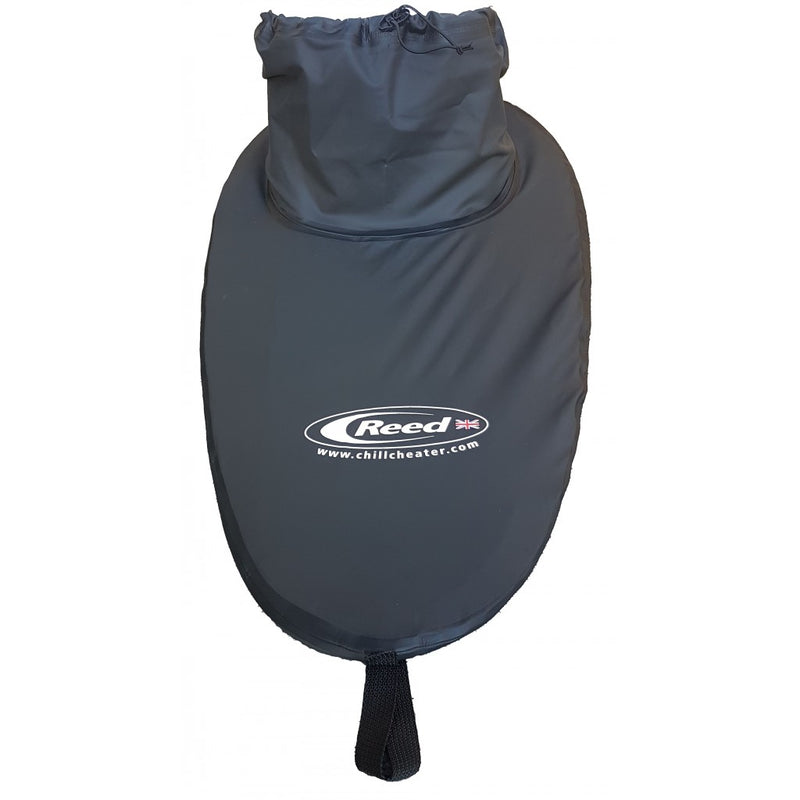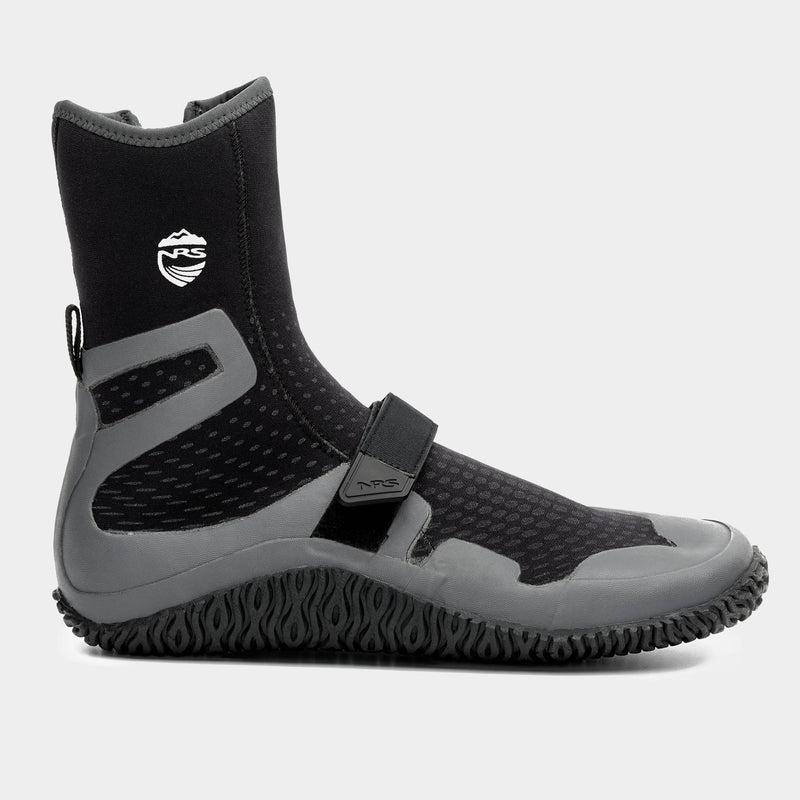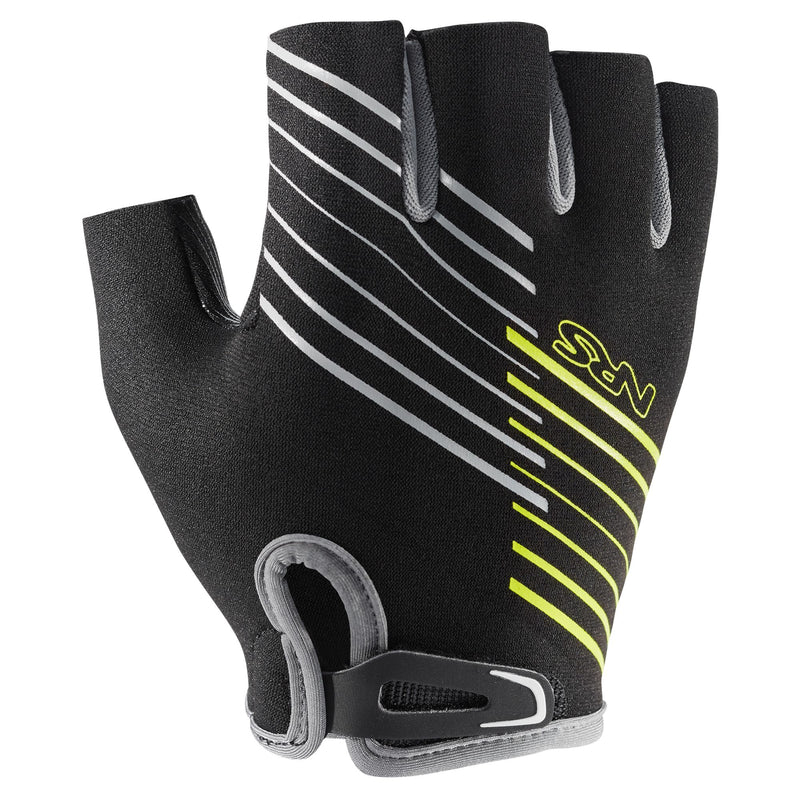During a number of experiments in DMI (Danish Maritime Institute) in Copenhagen we have been measuring the water resistance by different trim of the actual kayaks.
The results are of great importance to competitors, because most paddlers are placed wrong in the kayak. It is general practice to move the seat forward to prevent the stem from lifting in a sprint, but if the kayak is trimmed with for instance the stem 25 mm deep, it will increase the water resistance with 1,35 %. It will obviously spoil every chance for a proper position in a race.
During many years we have build our K1 40 mm and the K2 50 mm higher at the stem then by the stern. The paddlers are use to that difference. Actually there is gab of 10 mm, where the trim doesn’t cause any measurable difference. Therefore it is easy for the paddlers to decide, if the trim is satisfactory. It is important that the paddlers accept that the stern is rising up till 20 mm during the rowing.
Normally the seat has to be moved further backwards, the heavier the paddler is. Therefore it necessary to check the trim every time a new paddler take place.
It is especially important in a K2, where there is a difference in the paddlers’ weight and at the same time the total weight can be variety up till 80 kg. It is a lot for a boat; which is only 130 cm longer than a K1.
The K2 is difficult to trim, because of the special shape that the measure rules have created. Which is especially distinctly for this type of boats. The buoyancy in the part of the aft body above the water line is so big, that the kayak has a tendency to dive by the stem, when heavy paddlers use it. With light paddlers there is a tendency to raise the stem; because carrying capacity in the aft body is quite small at the bottom wile the cross section is V-shaped.
Our experiments have determined that light paddlers get the best possible conditions for a correct trim and height speed in the K2 “MAKKER”. The experiments lead to an other construction of the new model K2 “PACER” which are meaned for more heavy padlers.
The “PACER” is designed by Jørgen Samson and the production started after several tests last autumn. A new thing is the steep freeboard; which ensures that the shape still is narrow and smooth; even when the kayak is loaded with 200 kg.
The big depth of 15 cm, is of great importance to the more weighty padlers. It makes the wedded surface disproportionate big by the stem and the stern. This has been corrected during the experiments, by giving the ”PACER” a more powerful rocker. Therefore this new model can not be recommended to crews with a weight under 145 kg.
After testing the ”PACER” both German and Danish crews have said that the stability is good, although the “PACER” is 15 mm more narrow than the “MAKKER”; when they both are loaded with 170 kg. The reduction of the wedded area was felt as if the glide were more living and smoothly.
The qualities in a sprint are very good in the “PACER” because the water resistance increase slower, nearly along a straight curve, when the speed increases.
Guidelines for the use of K2:
Less than 120 kg: MAKKER - Heaviest paddler in front
120 – 150 kg: MAKKER - Lightest paddler in front
150 – 160 kg: PACER - Heaviest paddler in front
Past 160 kg: PACER - Lightest paddler in front
Paddlers: 145 – 200 kg
Designer: Jørgen Samson










